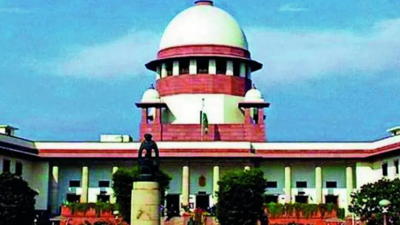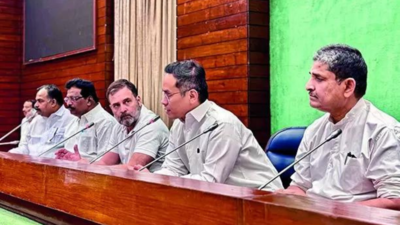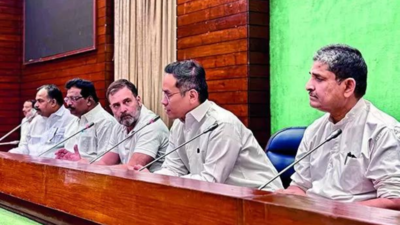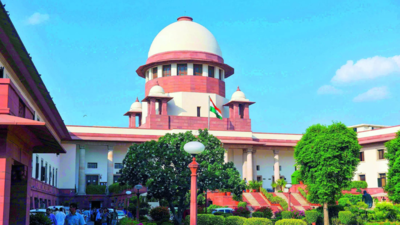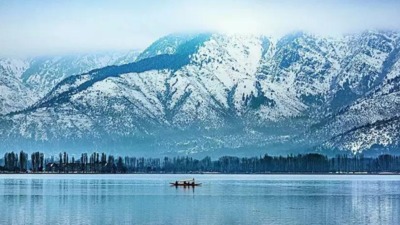
J&K authorities are intensifying monitoring efforts in the Himalayas to mitigate the risks of glacial lake outburst floods which pose a substantial threat to residential areas and infrastructure, including power projects. Fourteen high-risk glacial lakes have been identified, with proactive measures being employed to prevent potential overflow and consequent devastation. SRINAGAR: J&K authorities have stepped up monitoring in high Himalayas to protect people and infrastructure from risks of glacial lake outburst floods (GLOFs).
GLOFs release a sudden, massive surge of water downstream with the potential to cause huge devastation in residential areas and key infrastructure, including power projects, built over years. Govt has identified 14 high-risk glacial lakes, three moderate-risk lakes and seven low-risk lakes in J&K, an official said, adding proactive-steps are being taken to prevent them from overflowing. Authorities and disaster management officials still shudder at the thought of J&K’s 2014 floods that left nearly 300 people dead.

Omar Abdullah, also the CM then, had described the deluge as “floods of biblical proportions”. Over 1.25 lakh families were affected, while losses to business and housing were pegged at over Rs 1 lakh crore.
Due to climate change, glaciers are shrinking 12 to 14 meters annually on average. As a result, space once occupied by ice is filled with meltwater, forming what scientists call moraine-dammed lakes. Debris left by the glacier acts like a dam, blocking the outlet.
If they break, release water at high speed, causing mayhem downstream. “The volume of these glacial lakes in J&K has increased 100% in the past two decades, so we must monitor them closely,” Sunil Dhar, dean at Central University of Jammu’s School of Life Sciences. Dhar is part of a committee constituted by govt last year to monitor these lakes.
It included two lakes in Kashmir -- Sheeshnag and Sonsar -- and three in Kishtwar district of Jammu among high-risk ones. According to Dhar, Kishtwar region in Chenab valley is “most vulnerable” as it is the largest glacier field in J&K at 20,000sqkm. It gets water through streams originating from glaciers at high altitudes.
These glacial lakes, Dhar said, are often unnoticed but are critical due to their potential for devastation if they burst. Chenab has the highest number of hydel power projects in J&K. “That is why we need to track their (lakes’) expansion and take steps to mitigate risks,” Dhar said.
A govt official said mitigation measures included better predictive abilities for heavy rain and preparing stakeholders, including NDRF, SDRF and ITBP, for emergencies..








